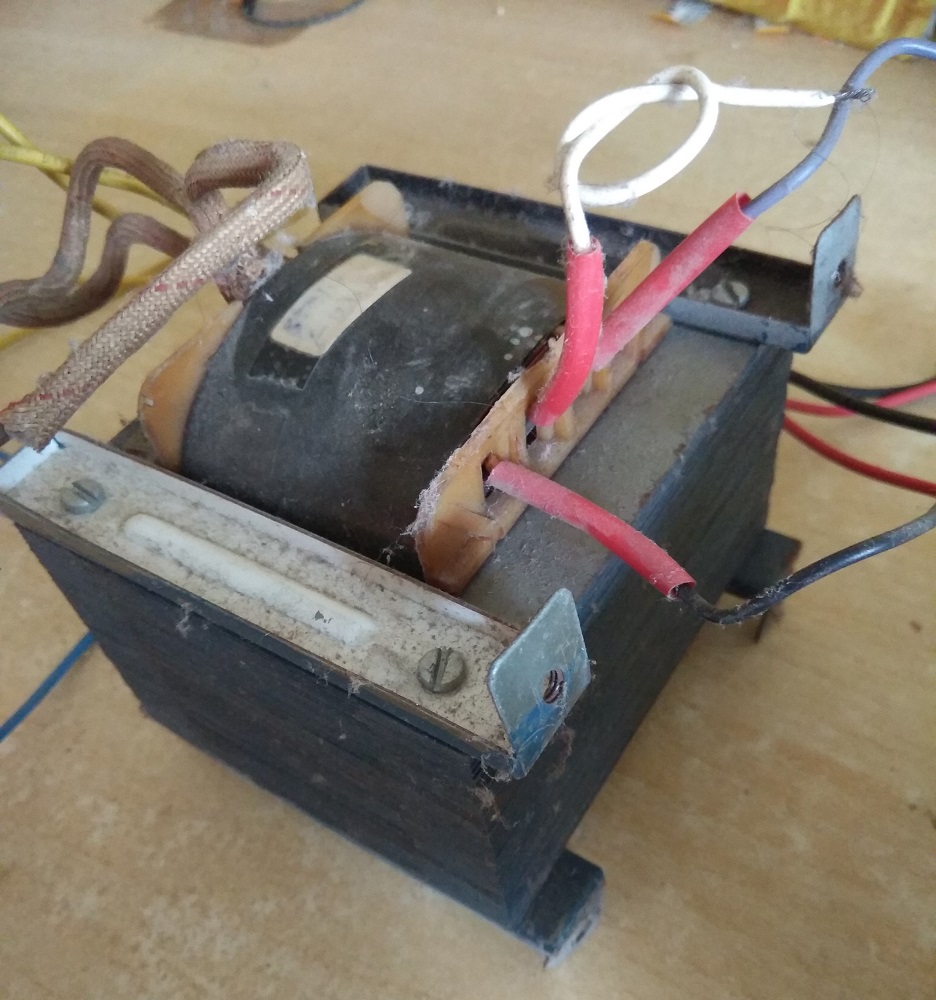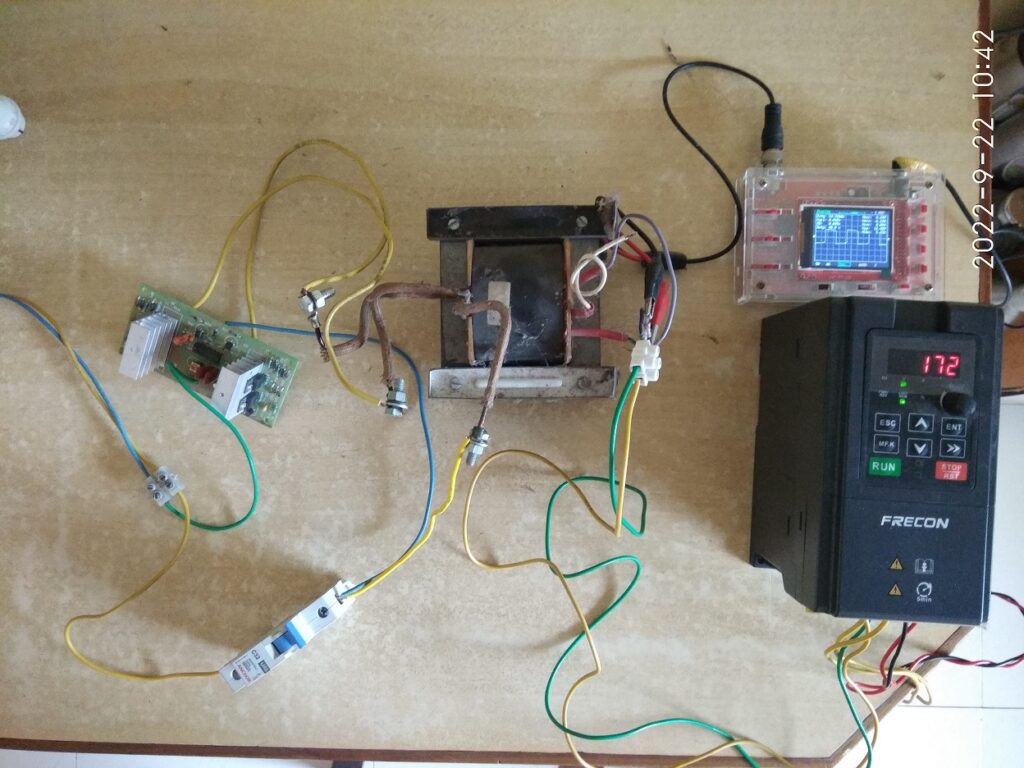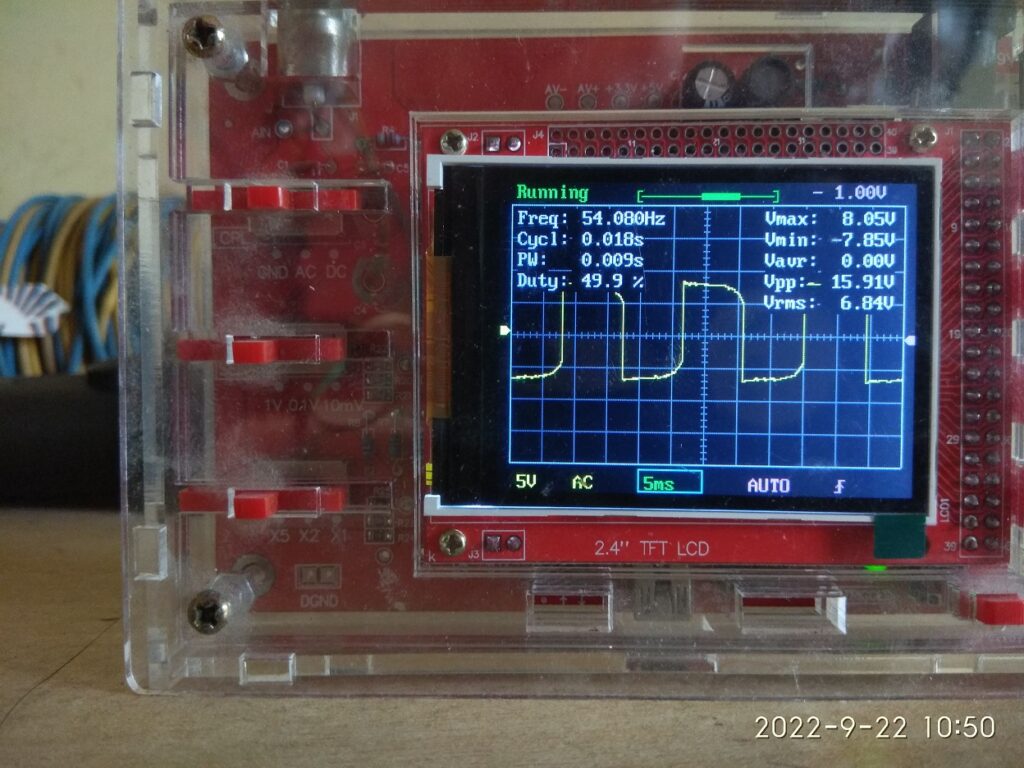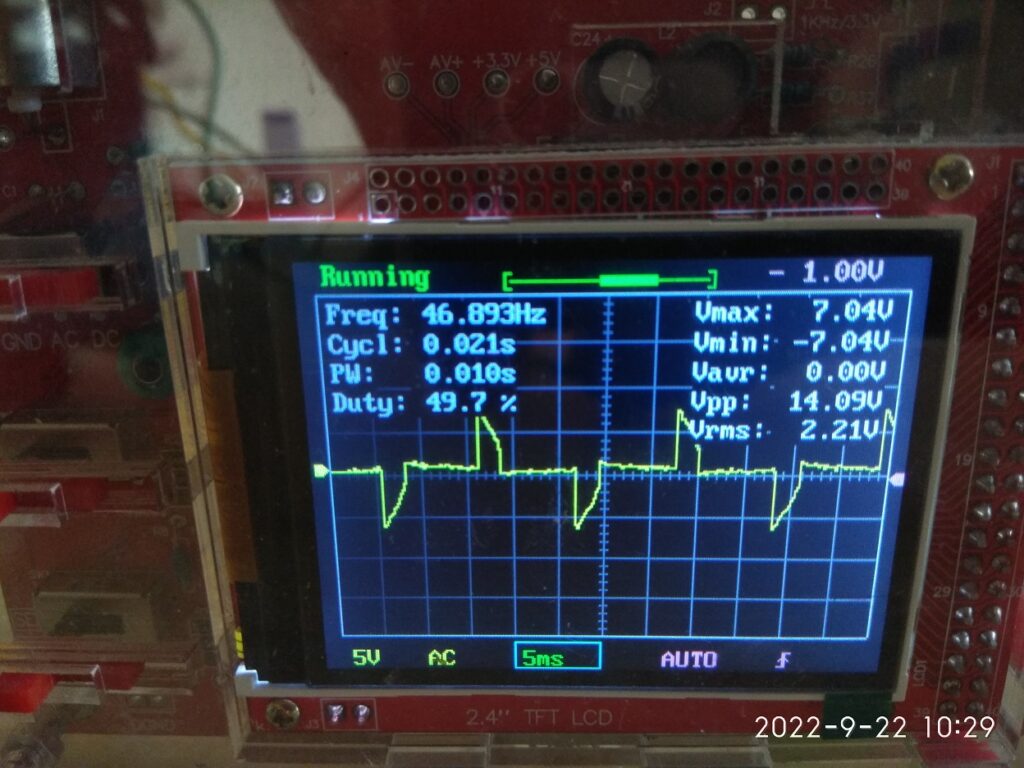We have been experimenting with VFDs to run conventional AC Pumps using DC power of solar panels as in previous post (HP Size Solar Pumps) This is because there are a couple of good quality Solar MPPT VFDs easily available at fair prices.
However the VFD requires relatively high DC input voltage, 290 to 360VDC to run a single phase AC pump, and 440+VDC to run a three phase pump.
At sub-HP power levels the solar panels in commercially available sizes (250 to 330 Watt and 36 to 44 VDC each) are most often not going to add up to the input voltage requirements even for a VFD that will run a single phase AC pump.
To deal with this issue, there is a thought process that some kind of DC to DC boost converter can be used from low voltage DC source to raise the DC voltage in the acceptable range for to the VFD.
As a quick check a small experiment was carried out involving following components.
- DC source from 8 x 60 W 36VDC array of panels but on a fully cloudy day. The open circuit voltage at the panel output was around 24 to 34 VDC.
- A low cost inverter board that runs on SG3524 chip and MOSFETs, it produces approximately 50 Hz square wave AC output.

3. Salvaged transformer from a household inverter, 12-0-12V to 230V centre tapped, this is rated for around 700VA.

4. Frecon make solar VFD for single phase AC output.
The overall assembled setup is shown in the next picture.

To measure the output voltage and to view the wave pattern, a hobbyst’s oscilloscope (DSO138) was used. At the high voltage side output of the transformer a voltage divider comprising of 22kohm, 1.6kohm and 22kohm was connected. The measuring probes of the oscilloscope were connected across the central 1.6kohm resistor, thus the voltage measured on the oscilloscope is scaled down by a ratio of 1.6 : 44 (i.e. 1 : 27.5). Or in other words, the measured voltage on oscilloscope need to be multipled by 27.5 to get the actual voltage level at the transformer output.

Observations
When the DC power was applied to the inverter and VFD was connected to the transformer output, but not yet switched on, the output from transformer showed as in below picture. Oscilloscope showing 8V means the AC output was +220/-220 V peak to peak and 6.84 x 27.5 = 188 VAC RMS. The DC voltage at inverter input was seen to be in range of 12V.
In this case, the LED display of VFD showed a DC input voltage as 172 VDC. This is not really adequate for a single phase solar VFD, while it requires 290 to 360VDC input for normal operation.

When VFD was switched on, the output voltage from transformer was seen to be reduced. Oscilloscope showing 7.04V means the AC output was +193/-193 V peak to peak, and 2.21 x 27.5 = 61 VAC rms. The DC voltage at inverter input was at 6V. More importantly the waveform is highly distorted and is most likely due to not enough driving power for the transfomer of the inverter, suggestive of shortfall in power available from solar panels.

It would be fair to conclude that this conept as such is ok but the voltage levels and power efficiency need to be experimented further and evaluated.
Adequate power and volage from Solar panels need to be made available on a bright sunny day.
May be, high frequency switching with suitable ferrite or equivalent transformer need to be used.
More to Follow…..
